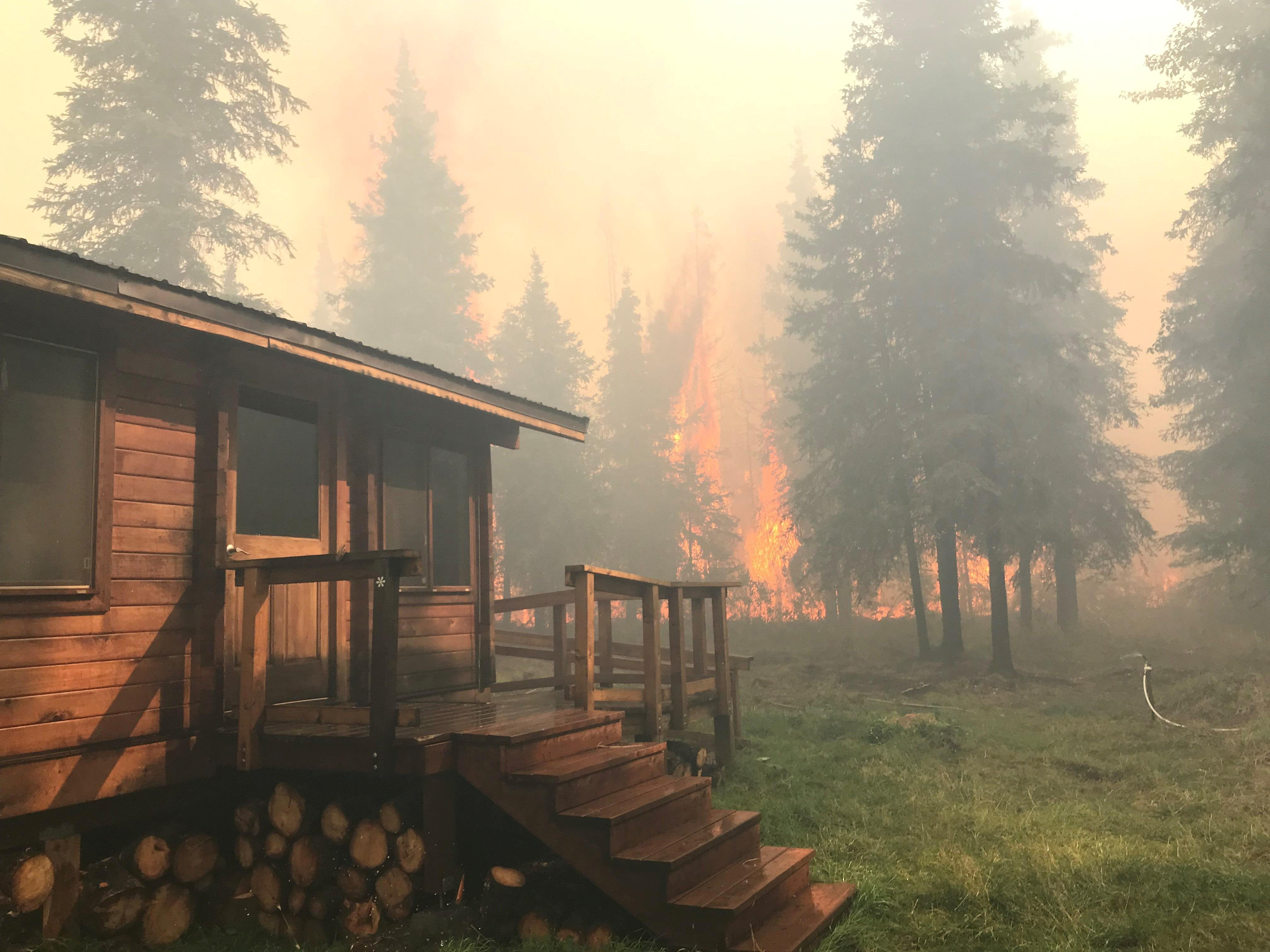This summer, the impacts of climate change hit home for more Alaskans than ever before
Alaska and the Arctic have long felt the impacts of a changing planet more than other places. But this summer hit the populous Southcentral part of the state especially hard.

With record heat, drought, fires and smoke blanketing much of Southcentral Alaska this summer, the reality of climate change has hit residents of the most populous part of the state like never before.
News stories and scientific reports about melting permafrost, shrinking glaciers, disappearing sea ice, rising ocean temperatures and eroding coastlines have long since become part of the consciousness of Alaskans.
But up until recently, most of the biggest impacts in Alaska have been in remote locations far from Anchorage.
More and more, that is no longer the case.
The end of reliable old patterns that depend on cooler temperatures has become inescapable in every part of the state, leading to more attention to climate change in Alaska — and more worries about what lies ahead.
With Arctic temperatures climbing faster than anywhere else, it becomes easier by the year to see evidence of a warmer climate and fundamental change.
Theory about the impact of warming has given way to specific impacts.
The extent and duration of wildfires this year took Alaskans by surprise.
The hot, dry conditions led to dense smoke in Interior Alaska in July and unhealthy air in Anchorage in August, when the weather has usually been cooler and wetter.
While Fairbanks had one of its wettest months in August, some towns in the rainforest in Southeast Alaska had to stop relying on hydropower because of low rainfall.
Nearly 2.5 million acres of wildlands burned in a fire season remarkable not so much for the amount of land covered, but because the fires began early and kept burning until late in the summer, more than a month longer than in the past.
The fires destroyed more than 50 homes, forced road closures and created transportation and logistical nightmares at the height of the tourist season.
The smoke and the hot summer temperatures are among the most obvious signs of a changing northern world. For 82 days in a row, Anchorage had above normal temperatures.
Dead salmon appeared in rivers across the state, a phenomenon that biologists attributed to water that was too warm for the fish and streams that nearly dried up.
It is impossible to attribute the vagaries of weather on any given day to the long-term patterns that make up the climate, but conditions once regarded as unusual in Alaska are becoming commonplace.
“These kinds of extreme weather events become much more likely in a warming world,” veteran Alaska meteorologist Rick Thoman told the Associated Press.
After months of daily temperatures above average, June and July were the hottest on record in Alaska.
Alaska’s average July temperature was 5.4 degrees Fahrenheit (3 degrees Celsius) above average and 0.8 degrees F (0.4 degrees C) higher than the previous warmest month of July 2004, the National Oceanic and Atmospheric Administration said.
Anchorage recorded the highest temperature ever on July 4 and residents began searching store shelves for portable air conditioning units.
August followed with much of the same, with the state’s largest city placed in a category of “extreme drought” for the first time since categories have been calculated.
The profound and rapid environmental change taking place in Alaska prompted Thoman and climate researcher John Walsh of the University of Alaska to create a 16-page brochure touching on the highlights of the last five years.
“Sustained warmth, sea ice loss, coastal flooding, river flooding, and major ecosystem changes have impacted the daily lives of Alaskans around the state,” they said. “Temperatures have been consistently warmer than at any time in the past century. This warming varies greatly across the state, with northern and western regions warming at twice the rate of southeastern Alaska.”
The growing season is longer, the snow cover season is shorter. Precipitation has increased, while the oceans off the coast of Alaska are warmer than at any time in the past 150 years.
Monumental shifts are taking place in Alaska.
Dermot Cole can be reached at [email protected].